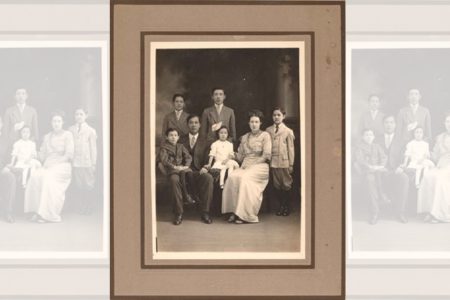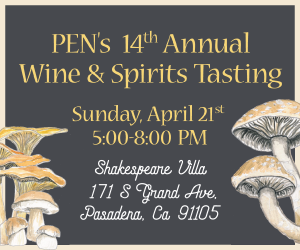
Joseph Wright of Derby, “An Experiment on a Bird in the Air Pump,” 1768. Oil on canvas, National Gallery, London. (Credit: The Huntington Library, Art Museum, and Botanical Gardens/© The National Gallery)The Huntington Library, Art Museum, and Botanical Gardens in San Marino plans to display a massive painting by British artist Joseph Wright of Derby depicting an Enlightenment-era science experiment as part of an exhibit examining the intersection of science and art next year, the museum announced Wednesday.
Wright’s “An Experiment on a Bird in the Air Pump,” created in 1768, will be loaned to The Huntington by the National Gallery in London, “where it is one of that institution’s most popular paintings,” Huntington representatives said in a written statement. The 6-foot-tall, 8-foot-wide painting will be part of a gallery titled “Science and the Sublime,” to be shown Feb. 22 through May 23.
In exchange, The Huntington will lend its prized Thomas Gainsborough work, “The Blue Boy,” to the National Gallery to be displayed in London between Jan. 25 and May 15, according to Christina Nielsen, who serves as the Hannah and Russel Kully Director of the Art Museum at The Huntington.
“We’re very excited to be partnering with the National Gallery for the first time in these reciprocal loans, which give audiences on both sides of the Atlantic a rare opportunity to view important works that have strong connections to each museum’s respective collections,” Nielsen said.
“It’s also a wonderful opportunity to collaborate within The Huntington’s own collecting areas to forge deeper connections between the holdings of the Art Museum and the Library,” she added.
“An Experiment on a Bird in the Air Pump” depicts a group of people gathered around a table to watch a science experiment in which a cockatiel is placed into a glass vacuum chamber.
“The observers’ reactions range from fascination to dismay,” the Huntington statement said. “In Wright’s hands, the tableau is an exercise in the sublime, a moment of extreme tension recast as a dramatic meditation on the fragility of life. At the same time, the experiment being performed relates to advances in the fields of science and medicine, making the scene a celebration of human achievement.”
The “Science and the Sublime” exhibition will also include 15 other works from The Huntington’s collection, including two additional paintings by Wright and 13 “rare objects,” such as scientific publications, according to the institution.
“The exhibition’s theme highlights two major strengths of The Huntington’s collections — British art and the history of science — providing a unique opportunity to juxtapose materials that are not normally displayed together,” the statement added.
Wright’s works “often tap into notions of the sublime, an aesthetic category described by philosopher Edmund Burke as producing the strongest emotions the mind is capable of, such as awe or terror, but in a way that causes pleasure,” according to Melinda McCurdy, who serves as curator of British art at The Huntington,
“The thrill of the sublime can be found in nature, in things of immense size, like great mountains, or that are dangerous or unknown, like deep chasms or dark caves,” McCurdy said. “When Wright paints an erupting volcano, for example, or a scientific experiment that explores questions of life or death, he is evoking the sublime to create an emotional reaction in his audience.”
Along with the exhibition, lectures and public programs are also planned.
More information can be found on The Huntington’s website at huntington.org.















